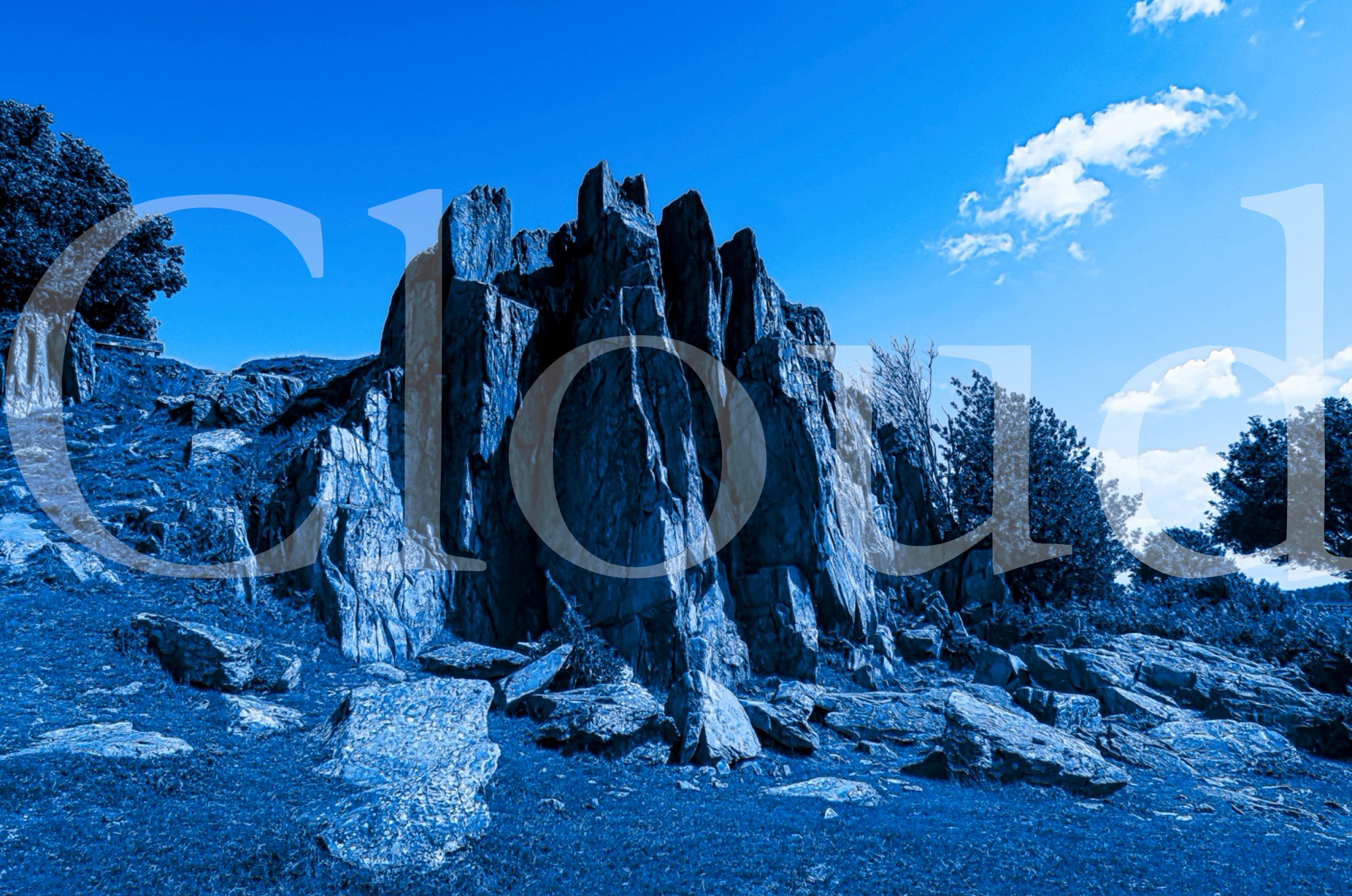
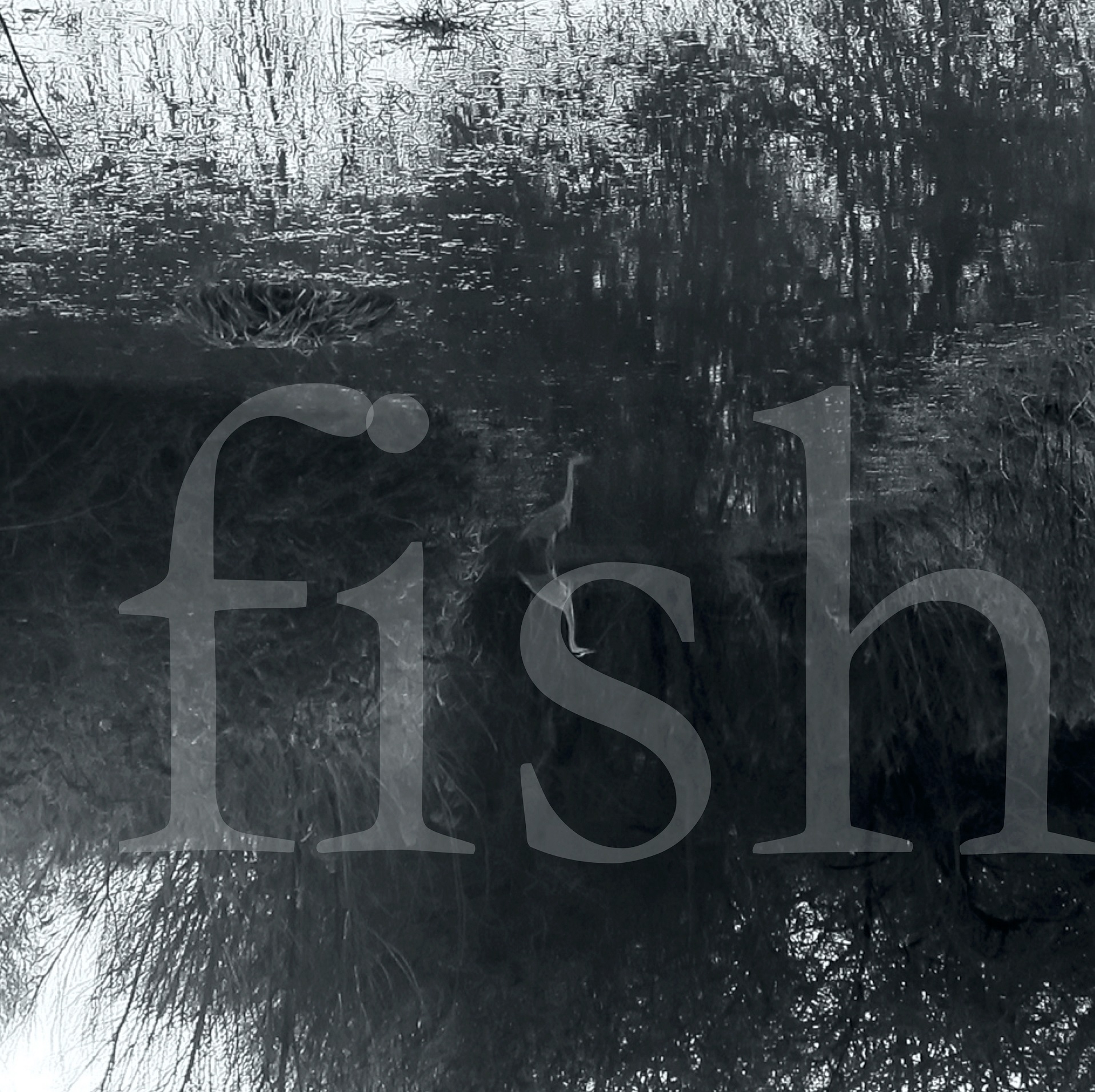
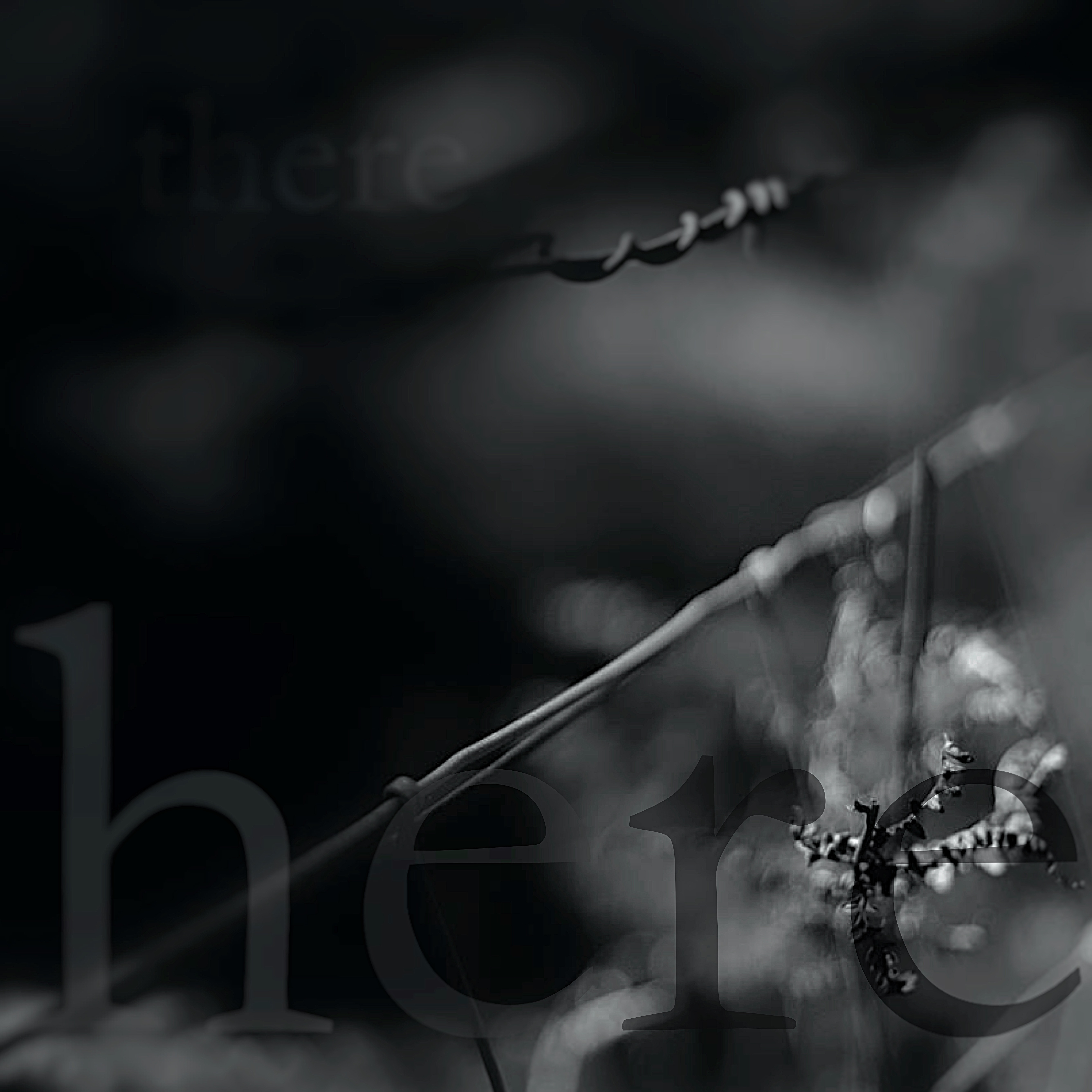
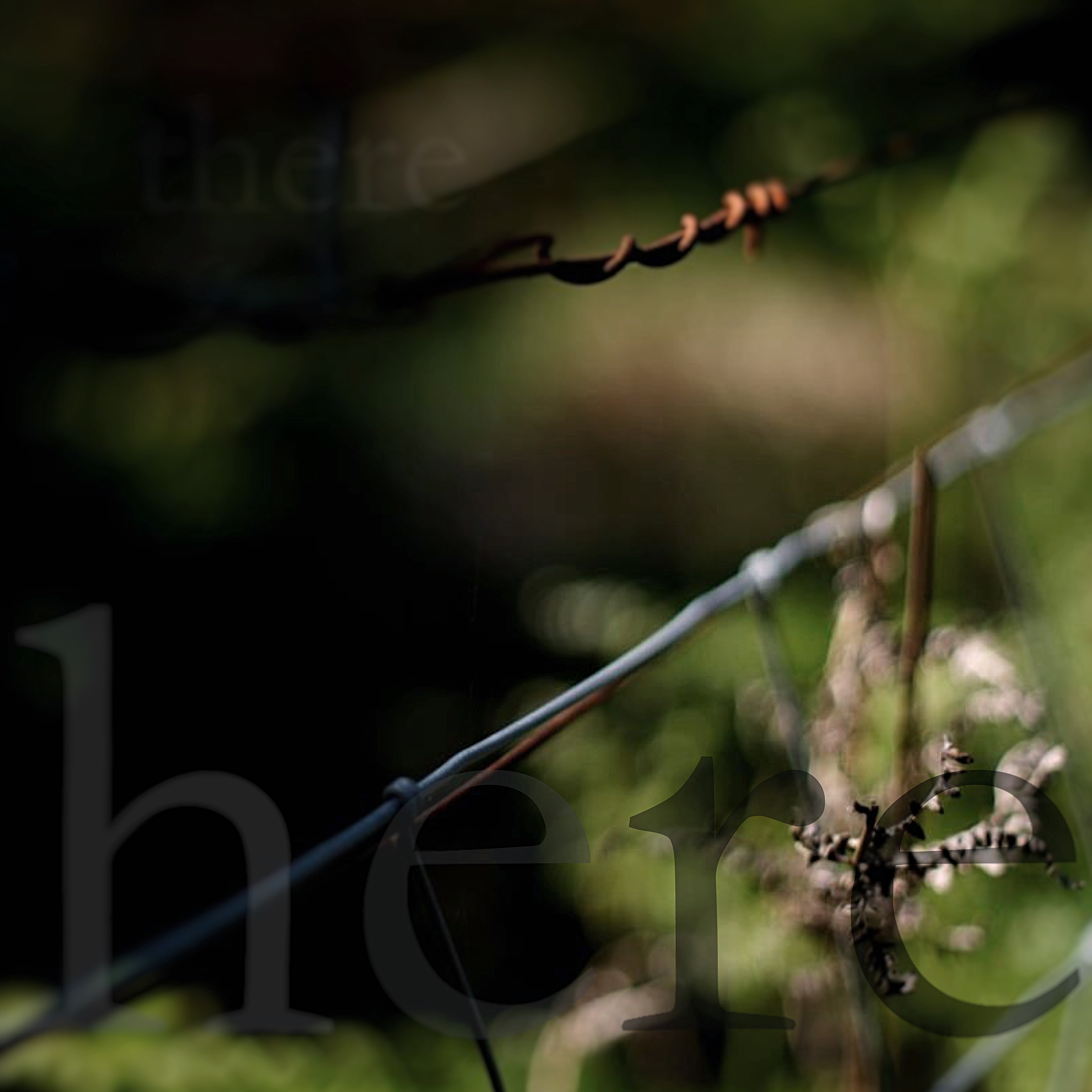
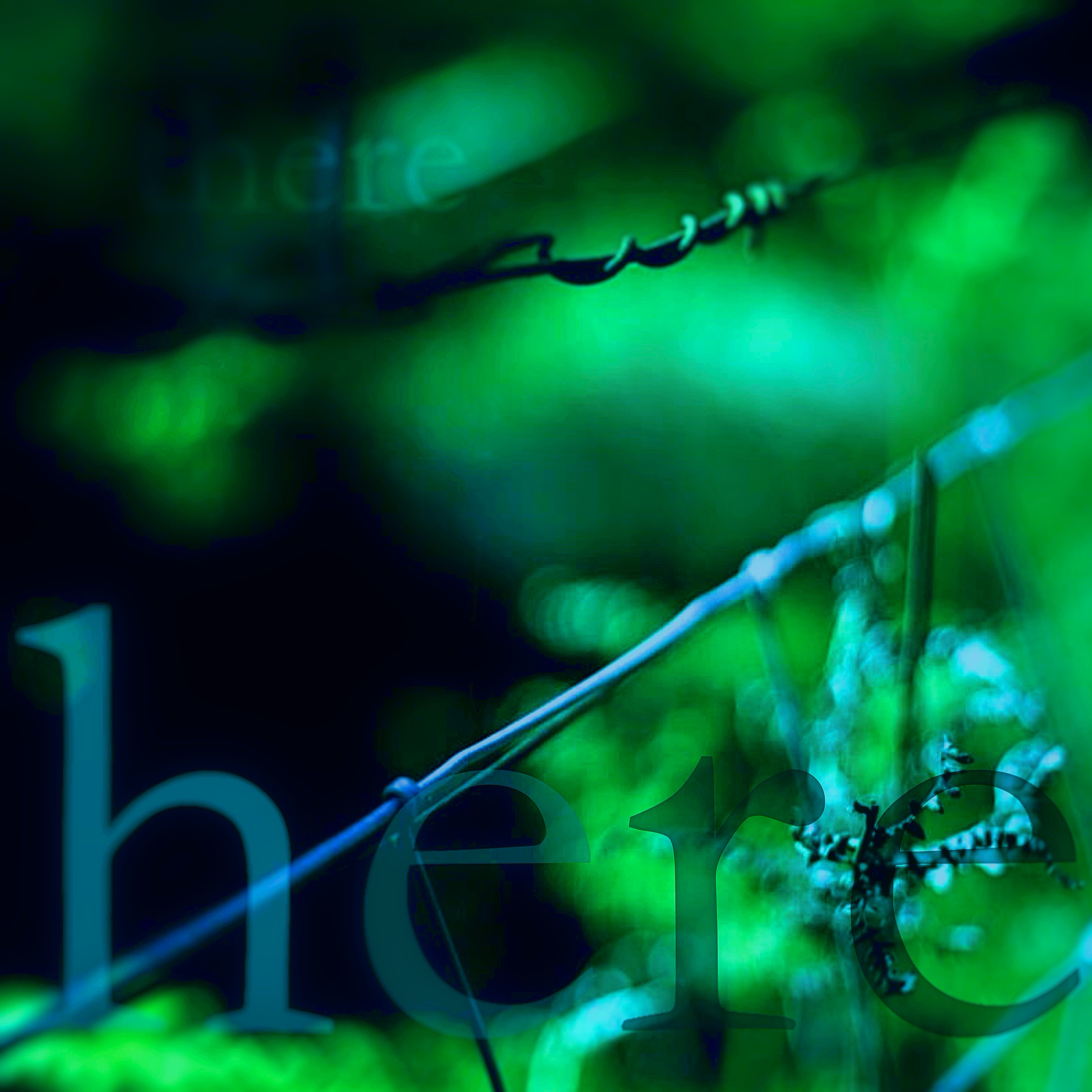
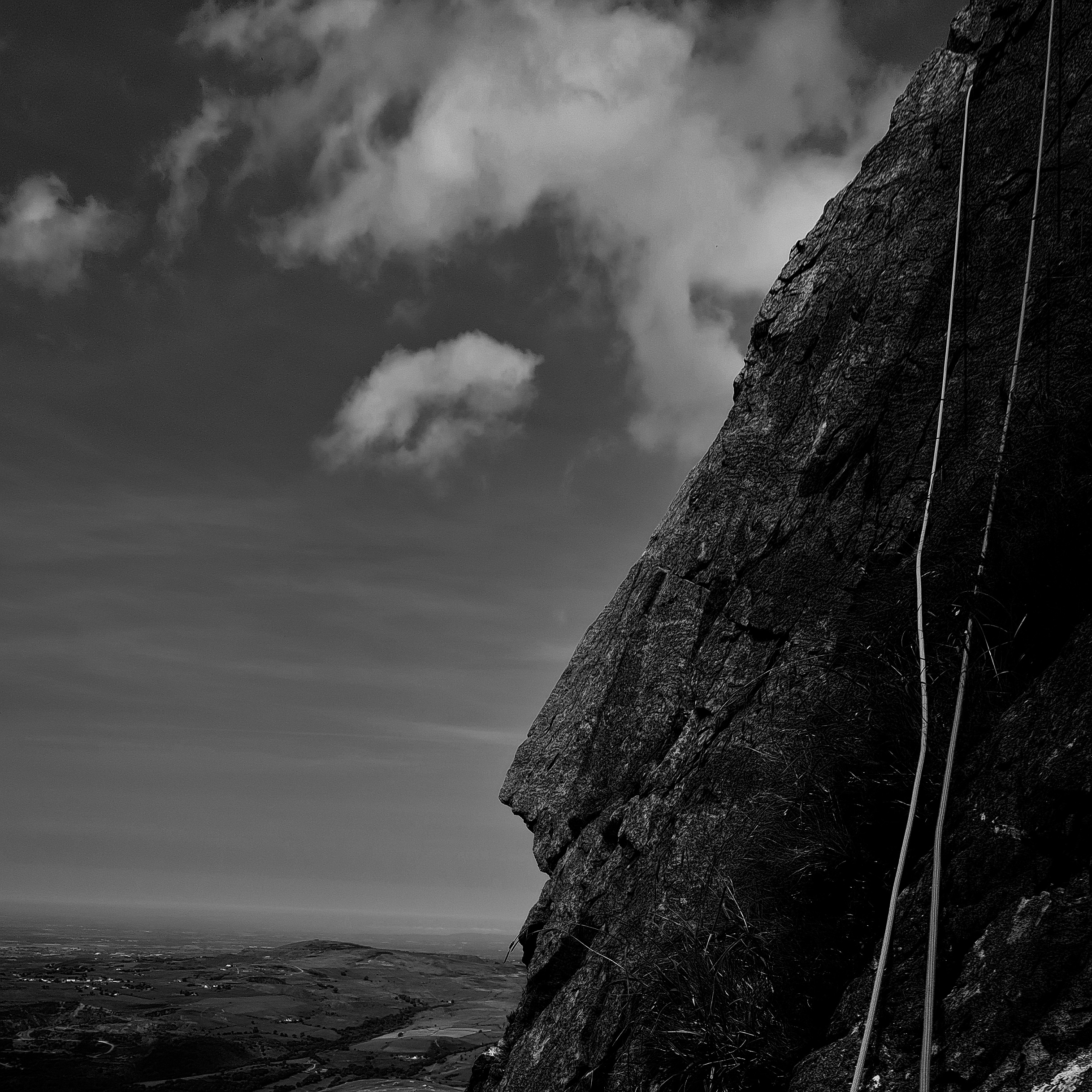
Knot Myth you can not clove hitch mist to a twig of air yet per haps you can tilt a rough edged word then climb up up up its gripped noise til sound holds
A Journal of Hybrid Literature and Art






Knot Myth you can not clove hitch mist to a twig of air yet per haps you can tilt a rough edged word then climb up up up its gripped noise til sound holds
3 Questions for Nikki
What was your process for creating this work?
I mainly take photographs of stuff I see when I'm out and about. I don't do technically crafted pieces, I just enjoy point-and-press. I come back with a load of images, but rarely do anything with them. But luckily, Mark likes to use them for inspiration, so he sifts through them and picks out any that have poetic stimulation for him. I love seeing what he does with my photos. Some of them have ended up on the covers of his books!
What is the significance of the form/medium you chose for this work?
I like the ease and simplicity of digital photography. I suppose I "collect" the things I see through this visual language ... and it means I don't have to write!
What is the significance of this work to you?
All the pieces have a personal connection - to activities and places Mark and myself regularly haunt:
The photo for Cloud is of a local crag in Leicestershire that we visit regularly, and Mark likes to climb on. It's a rare rock called Beacon Hill Hornstone, which was formed by volcanic activity around 700 million years ago and is some of the oldest rock in the world. I don't like climbing it as it's too hard and slippery, but I love the shapes. So I snap away while Mark climbs!
The photo for Fish was taken whilst walking in Leicestershire's Watermead Park, which we live next to. We often see herons on our walks, and I love the way they stand so motionless.
The photo accompanying Knot Myth was taken while we were doing a climb called Outside Edge, which is on a mountain crag in North Wales called Craig yr Ogof.
3 Questions for Mark
What was your process for creating this work?
Ekphrastic poetry-making in direct response to photographs or paintings is common – one can describe what is seen in the frame, or/and imagined beyond the frame, or instead one can create a new scene or idea triggered by the image. Knot Myth is a straight-forward example of a photo triggering a poetic idea. However, Cloud, fish, & There Here Triptych are examples of what I call photo-poem combinations, where the written response to the image is triggered and modulated by the intention to mix that response with the image.
What is the significance of the form/medium you chose for this work?
For me, the letters of the alphabet are not just signs that stand in for sounds, but they are also visual shapes – many of the letters being like kinds of bent & criss-cross twig sculptures. These shapes (or gestures) are charged with possibilities of meanings & feelings. And for me, some photographs seem to carry that same kind of poetic charge – the crispness of their shapes seems to be letter-like, and so they feel more like poems than photos. This then leads me on to want to combine letter-shapes with the visual image, in such a way that the letters allow the visual image to bleed through and entwine with them. I am careful not to simply describe the image, but rather ‘place’ a word or words into the image that not only add new dimensions to the image but are themselves expanded by the image. So, for example, the word Cloud ‘inspires’the unwritten word rock to shout loud through the photographer’s image of the crag ... and our notions of what is solid and what is vaporous are questioned; and my choice of colouring with through-all blue may also speak feelings about where sky begins and ground ends ...
What is the significance of this work to you?
I’m not certain about the expression ‘a picture speaks a thousand words’, but I feel a little more certain that if a picture does speak a thousand words, then perhaps adding just one word to that picture will make many thousands more ... My photo-poem combination practice is about how massive minimal might become ...
For some time I’ve been struggling with phenomenology and philosophers like Merleau-Ponty ... and this struggle feeds into much of my work ... These word-photo-mixes express something of how verbal language (written & spoken) meets & entangles with the perceived ‘thisness’ of the solid touchable world (and one also inhabited by other perceiving creatures, such as fish!). There Here Triptych comes out of my fascination for ‘place’ and enquiry into what place is, or could be, and what distance is, what it is to move through place and from one place to another ... the feelings of crossing thresholds and fences ...
Knot Myth is a constellation (or nexus (or knot)) of interests triggered (or tied) by the stark letter-like parallel of two rock-climbing ropes set against the text(ure) of a rockface (or rock-page). Those interests are: as mentioned above, placeness & phenomenology; the gestural language of dance (climbing!); tying knots & backwoods craft; and my working on a poetry collection focusing on woodlands & verbal language. The word ‘grip’ is essential – for Merleau-Ponty (as expressed in his Phenomenology & Perception)the perceiving body grips the shapes of reality. He also discusses how our speaking also reaches out to grip the world of things, how our bodies project words to perceive the world we are entwined with (or knotted into) ...
Question for Rod
What was your process for creating this work?
I visit the same locations many times, on different days with different qualities of light, trying to learn to see them. Concealing detail in bokeh and blur, I invite the viewer to imagine what is not explicit in the image, which is the experience of being there.
Nikki Clayton takes photos instinctively and compulsively, and has been doing so for over a decade. Her photographs have featured as front cover images on poetry collections published by Longbarrow Press, Shearsman Books, The Red Ceilings Press, Nine Arches Press and Leafe Press. Her photographs have been exhibited, and have been part of multimedia performance in various venues in Sheffield, at Newstead Abbey (Nottinghamshire), and online. Nikki is a swimmer, walker and climber, and she lives on a narrowboat in Leicestershire.
Mark Goodwin is a poet-sound-artist who often collaborates with other artists. He speaks and writes in various ways. Mark is also a balancer, walker, climber, and stroller. He has books with various English poetry houses including Leafe Press, Longbarrow Press, Shearsman Books, & The Red Ceilings Press. Both his books with Longbarrow Press – Steps (2014) & Rock as Gloss (2018) – were category finalists in the Banff Mountain Book Competition. His latest chapbook – Erodes On Air – is soon to be published by American publisher Middle Creek. Mark was brought up on a farm in South Leicestershire, and now lives with his partner on a narrowboat just north of Leicester. Mark's sound-enhanced poetry can be listened to here: https://markgoodwin-poet-sound-artist.bandcamp.com. He often tweets poems & photo-poetry from @kramawoodgin.
Rod Duncan is the author of eleven books. His novel The Bullet-Catcher’s Daughter was shortlisted for the Philip K. Dick Award. His writing and research are informed by the practice of photography and by his dyslexia, aphantasia and ADHD. He is a lecturer in creative writing at De Montfort University, Leicester. Rod is a devotee of trees and hedgerows, and can often be found haunting woodlands in Charnwood (Leicestershire, England). He tweets from @RodDuncan.